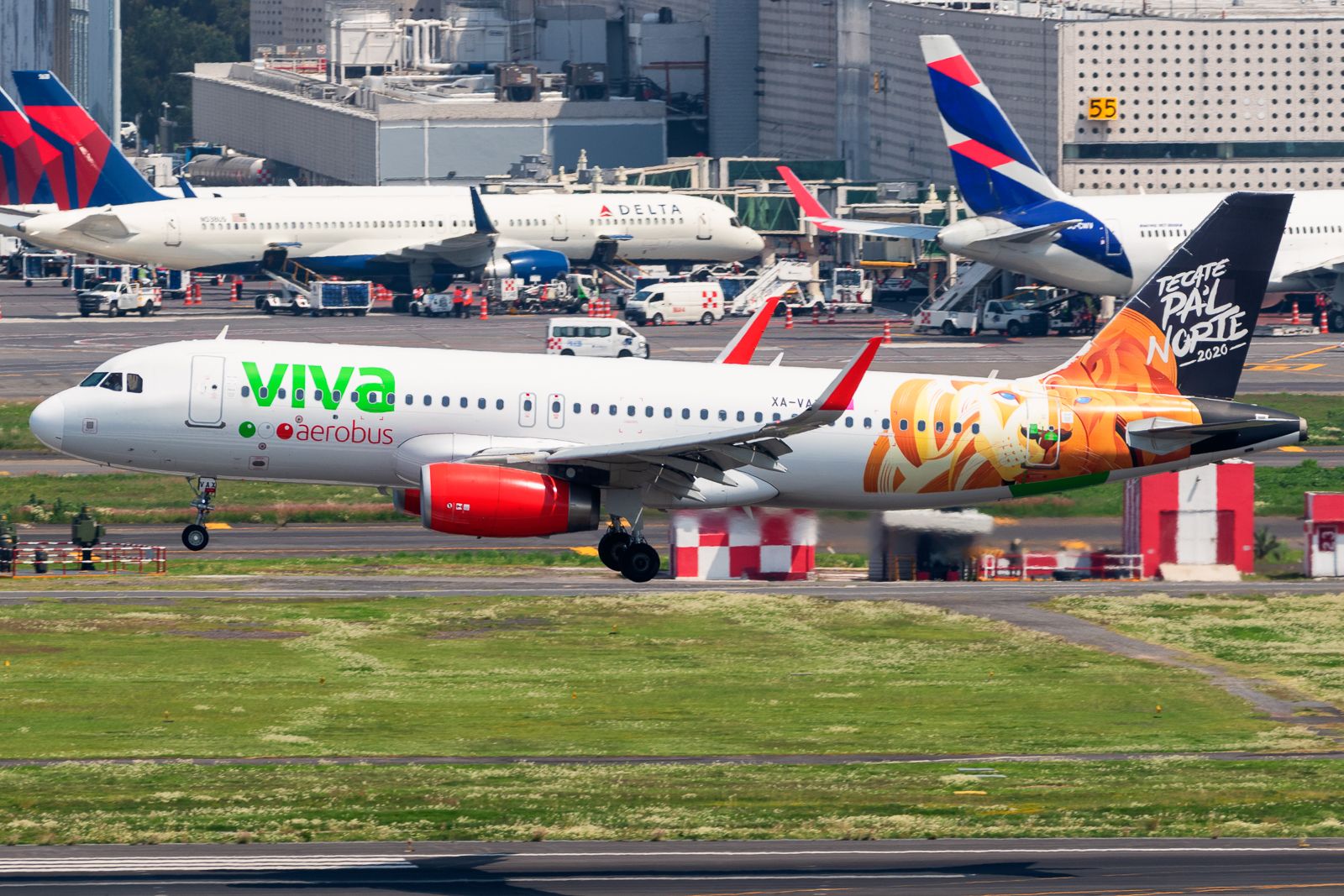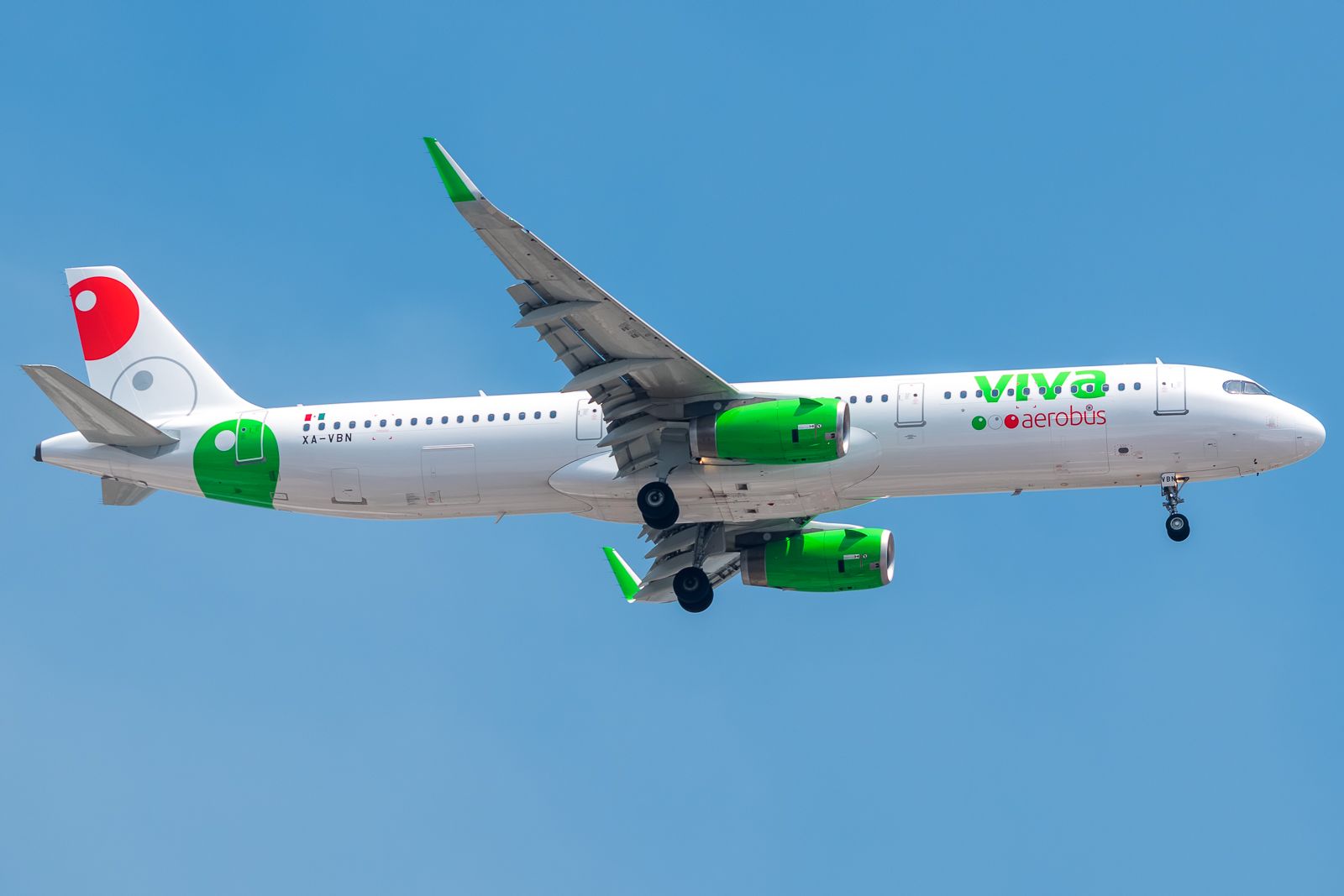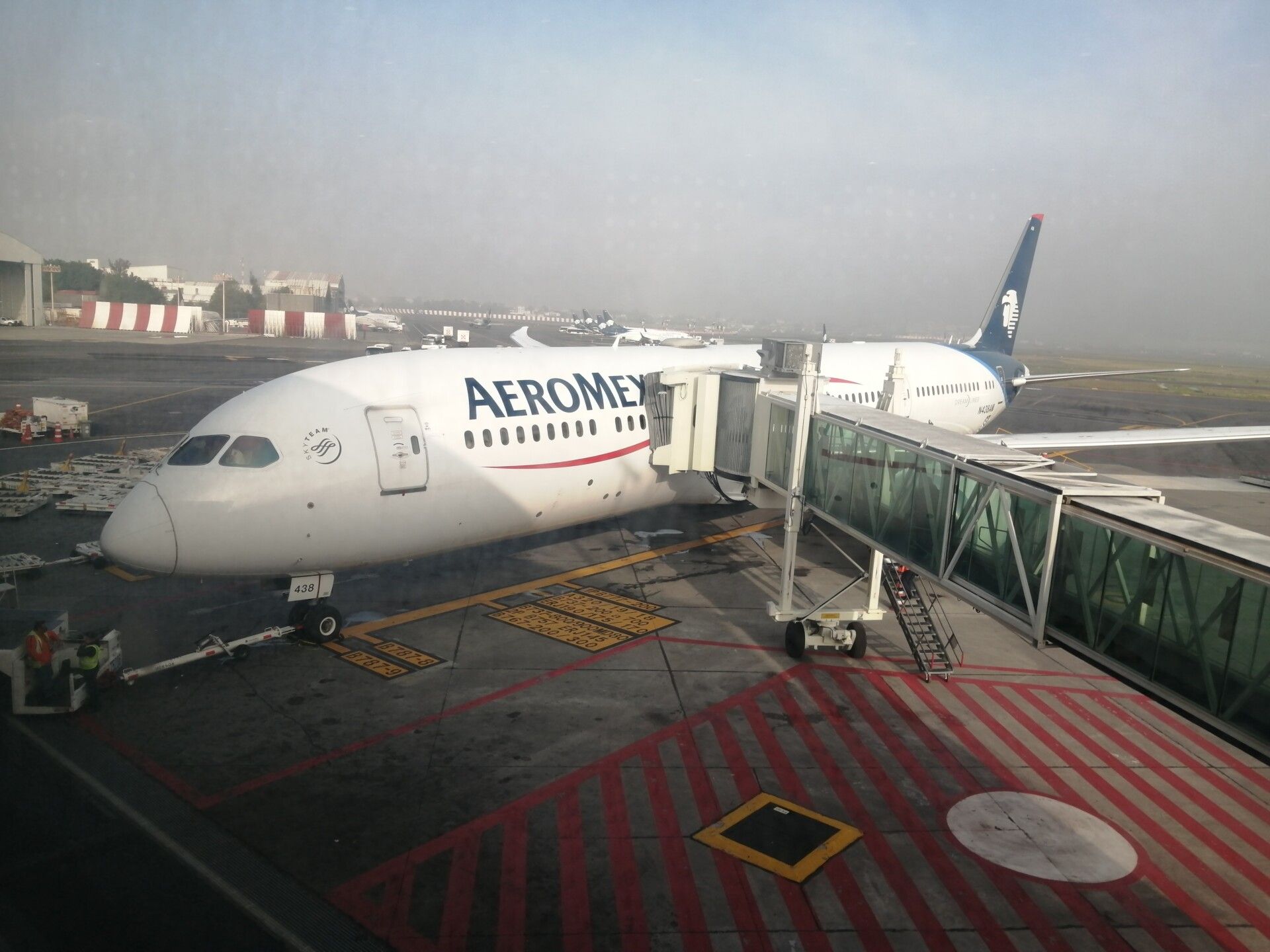The Mexican ultra-low-cost carrier Viva Aerobus is working towards having 30% of its fleet using novel and hybrid propulsion systems by 2030. Earlier this week, Viva Aerobus signed the Target True Zero commitment along with other carriers like Alaska Airlines, Air New Zealand, and easyJet compromising on the subject. Let’s investigate further.
Hybrid propulsion systems
The airline industry is addressing the threat of climate change by doing everything in its power to minimize aviation’s contribution to global warming. Earlier this week, 20 carriers signed the Target True Zero initiative. These airlines operate over 800 aircraft and carry over 177 million passengers on 1.8 million flights a year. They stated,
“We believe this gives us a key role in creating a market for aircraft with novel propulsion technologies with reduced environmental impacts.”
The carriers committed to:
- Evaluate how they can optimize their existing and future route networks for novel propulsion aircraft
- Having 30% of aircraft that serve routes less than 750 kilometers use novel and hybrid propulsion systems by 2030. “As these become available later in the 2030s we aspire to the same goal for longer-range aircraft,” they said.
- Acquiring newer, more sustainable aircraft and retrofitting the existing fleet with novel propulsion technologies.
- Actively supporting the development, introduction, and scaling of novel propulsion technologies.
Stay informed: Sign up for our daily and weekly aviation news digests.
Is it possible?
Viva Aerobus is the first Mexican carrier to formally compromise to acquire a fleet using hybrid propulsion systems. Nonetheless, the technology still has to be thoroughly developed before the low-cost airline actually signs an order.
Juan Carlos Zuazua, Viva Aerobus’ CEO, recently said,
“Without a doubt, the innovation and betting on new technologies are essential to guarantee a sustainable operation taking care of the future generation’s resources.”
Viva Aerobus is also looking to reduce by 15% its CO2 emissions by 2025.
The Mexican low-cost carrier currently has a fleet of 51 Airbus A320-family-based aircraft. Half of the carrier’s fleet is neo, and the average age is 5.07 years. Viva Aerobus has the youngest fleet in Mexico and the second youngest one in North America.
Aeromexico is not getting behind
A day after Viva Aerobus’ announcement, Grupo Aeromexico signed the Clean Skies For Tomorrow initiative by the World Economic Forum. Aeromexico is looking to scale the use of Sustainable Aviation Fuels (SAF) in Mexico.
Along with many other carriers, OEMs, and airspace-related companies, Aeromexico is looking to address climate change.
The airlines stated,
“Through the concerted effort of ambitious industry and state leaders, together we can put the global aviation sector on the path to net-zero emissions by 2050 by accelerating the supply and use of SAF technologies to reach 10% of global jet aviation fuel supply by 2030.”
Among the carriers that signed this initiative are Delta Air Lines, United Airlines, the International Airline Group, oneworld, and more. Companies like Airbus, Rolls-Royce, Neste, Boeing, and Schell are also involved.
The airline industry is looking to address the chicken-and-egg scenario regarding the investment in SAF. Neither producers nor carriers are unwilling and unable to carry the initial cost burden of investing in new technologies to reach a scale where SAF is competitive with existing fossil fuel-derived options.
“To break this impasse, members of the coalition are championing the commercial scale of viable production of sustainable low-carbon aviation fuels for broad adoption in the industry by 2030.”
They added that to achieve this goal, there has to be commitment, innovation, and cross-industry collaboration.
What do you think of Viva Aerobus and Aeromexico’s plans? Let us know in the comments below.



